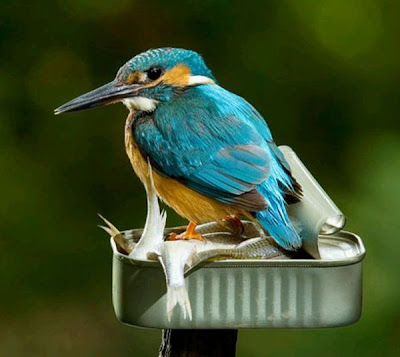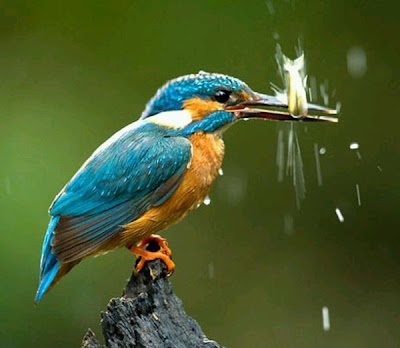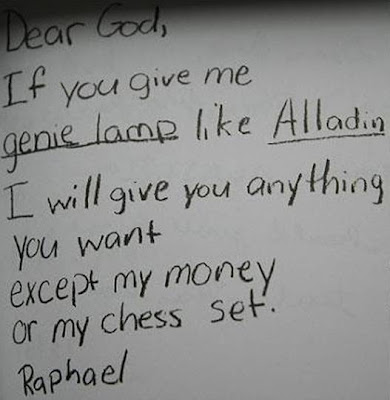It could almost be a scene from a school playground. But the youngsters playing tag are gorillas, not children.
Cheeky apes sneak up on their rivals, clip them round the head and then run away as fast as they can, researchers have found.
The ‘hit and run’ attacks often lead to full-scale games of tag, in which the animals take turns to chase each other around their cages.
The astonishing discovery shows once again how similar great apes are to people – and how much of our behaviour can be seen in the animal world.
 Two young gorillas approach each other, ready to play
Two young gorillas approach each other, ready to play One of the apes hits the other and then tries to make his getaway
One of the apes hits the other and then tries to make his getaway As one gorilla runs, the other reacts and tries to chase after him
As one gorilla runs, the other reacts and tries to chase after him Gotcha! The second monkey 'tags' the first, just like human children do
Gotcha! The second monkey 'tags' the first, just like human children doThe discovery was made by Dr Marina Davila Ross of Portsmouth University, who studied the behaviour of infant and teenage gorillas in five German zoos.
Dr Ross said infant and adolescent gorillas played the tag game, but adults refused to get involved.
‘Our findings show important similarities with the game of tag,’ she said. ‘Not only did the gorillas hit their playmates and then run away chased by their playmates, but they also switched their roles when hit so the chaser became the chased and vice versa.’
Once the gorilla catches up with their attacker, they often return the thump, she said. Sometimes a return hit ends the game – but it can also lead to a role reversal, with the attacker becoming the chaser.
The study is reported in the Royal Society journal Biology Letters.
Dr Ross, an expert in primate behaviour, believes hit and run play is important for apes because it allows them to test the limits of acceptable behaviour – and see how far they can push parents and peers.
The study also revealed that a hard shove resulted in a bigger reaction than a gentle tap, which was more likely to be ignored. ‘Play allows gorillas to improve their physical and social skills and to learn about their social partners,’ Dr Ross said.
The researchers cannot say for sure whether the gorillas are playing a proper game of tag, but say their behaviour is remarkably similar. ‘It looks like tag, but children’s tag has rules,’ she said. ‘It’s difficult to say whether it is the same.’
The discovery, made after researchers watched videos of 21 gorillas from six colonies, adds to the growing evidence that gorillas and chimpanzees – mankind’s closest relatives in the wild – show a range of human-like behaviour.
In May, German researchers found that bonobos, or pygmy chimpanzees, shake their heads to mean ‘no’, just like people.
And earlier in the year, scientists said chimps in a Scottish zoo mourned the death of an elderly ape and even moved their bedding out of the enclosure where she died.
Studies have shown that great apes communicate intelligently using an unspoken vocabulary of 40 gestures, movements and smacks. (News courtesy by dailymail.co.uk)
* Animals : Lion Deer Hunting Pictures & Hunting Videos


























